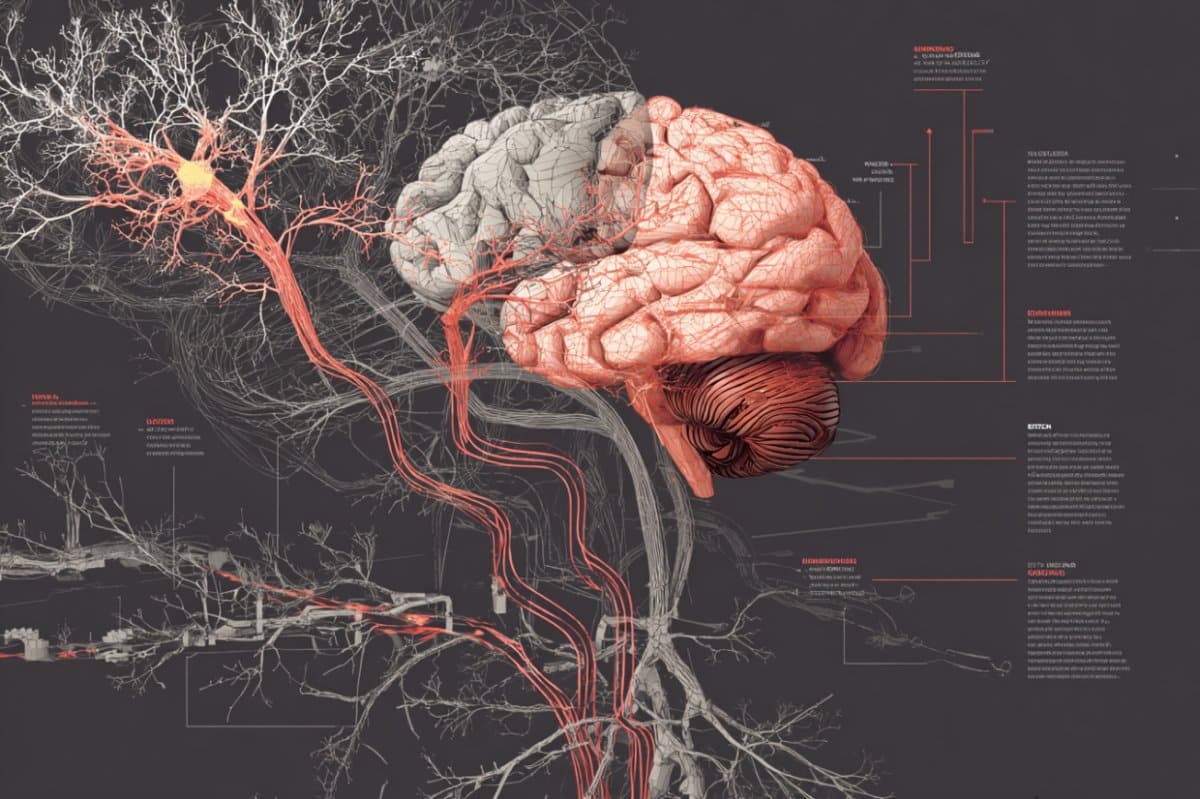Summary: A new study shows that people often struggle to switch between familiar motor skills and newly learned movement patterns, leading to predictable errors. Volunteers tended to stick with the previous movement strategy even when instructed to switch, revealing how deeply motor habits persist.
Switching between two newly learned motor skills was initially even harder, though participants improved with training over several days. These results highlight how motor learning involves not only acquiring new skills, but learning to transition between them smoothly.
Key Facts
- Persistent Motor Habits: Errors arise because people continue using the movement pattern from before the switch.
- New Skills Are Harder: Switching between recently learned motor skills is more difficult than switching between intuitive and new movements.
- Practice Improves Switching: Repeated training strengthens the ability to flexibly retrieve and switch between learned skills.
Source: SfN
In a new Journal of Neuroscience paper, Kahori Kita and colleagues at Johns Hopkins University explored how people switch between intuitive motor skills they know and newly learned movement patterns.
Study volunteers frequently made errors switching between more innate movements and new ones. These errors were largely because people persistently stuck to the movement patterns they used before the switch. Notes Kita,
“People made similar errors when switching from the intuitive to the new skill, as when switching from the new skill to the intuitive one.”
A second group of people learned two new movement-based skills. It was initially even more difficult for these participants to switch between newly learned movements, but they improved at switching between skills with more training over a couple of days.
These findings suggest that switching between movement patterns is difficult, especially for newly learned motor skills. However, practice improves the ability to switch between movements.
The researchers hope to continue exploring how newly learned motor skills are remembered and how these memories are retrieved to adeptly perform these movements later.
Key Questions Answered:
A: Because they tend to persist with the movement pattern they used before the switch.
A: Yes. Switching between two newly learned skills is initially more difficult, but improves with practice.
A: They show that switching is a core challenge in motor learning, but repetition boosts flexibility and retrieval of new skills.
About this neuroscience research news
Author: SfN Media
Source: SfN
Contact: SfN Media – SfN
Image: The image is credited to Neuroscience News
Original Research: Closed access.
“Switching Between Newly Learned Motor Skills” by Kahori Kita et al. Journal of Neuroscience
Abstract
Switching Between Newly Learned Motor Skills
Studies of cognitive flexibility suggest that switching between different tasks can entail a transient switch cost. Here, we asked whether analogous switch costs exist in the context of switching between different motor skills.
We tested whether participants (23 males and 12 females) could switch between a newly learned skill associated with a novel visuomotor mapping, and an existing skill associated with an intuitive mapping.
Participants showed increased errors in trials immediately following a switch between mappings. These errors were attributable to persisting with the pre-switch policy, rather than imperfect implementation or retrieval of the post-switch policy.
A subset of our participants further learned a second new skill. Switching between these two novel skills was initially very challenging, but improved with further training.
Our findings suggest that switching between newly learned motor skills can be challenging, and that errors in the context of







